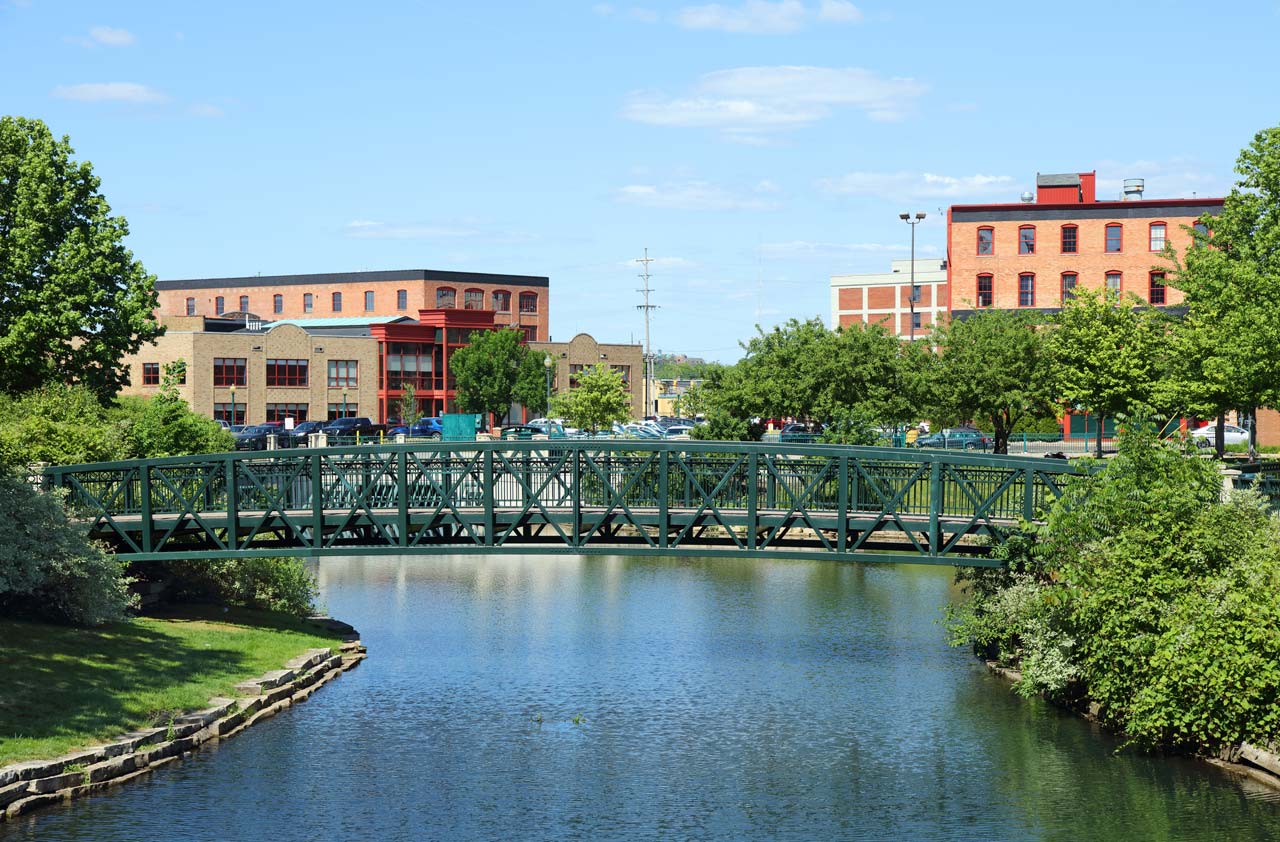What You Need to Know About Going Solar
It's becoming cheaper and easier to power your home with energy from the sun.

It’s a good time to invest in solar energy for your home. The cost of a home solar system has dropped dramatically, and there are even more options available to pay for one. Here’s what you need to know.
Number 1: Solar Systems Are Getting Cheaper. The cost to buy a solar power system has fallen by about 50% since 2007, to an average upfront cost of $4,590 per kilowatt. It’ll likely take you between seven and 15 years to recoup your upfront cost. The higher the electric rate you currently pay, the more sunshine your location receives, and the financial incentives that are available to you can all positively affect your return on solar.
Number 2: You’ll Need Shade-Free Space. For each kilowatt of capacity, you’ll need 100 square feet of mostly unshaded, south-facing space. Solar panels may be mounted on a flat or sloped roof or in your yard. Besides the panels, you’ll need an inverter to convert a direct current to an alternating current, a tie-in to the local utility grid and, possibly, a monitoring system that tells the installer how much power you’re producing.

Sign up for Kiplinger’s Free E-Newsletters
Profit and prosper with the best of expert advice on investing, taxes, retirement, personal finance and more - straight to your e-mail.
Profit and prosper with the best of expert advice - straight to your e-mail.
Number 3: Uncle Sam Wants to Help. Through 2016, you can take advantage of a federal tax credit that lets you write off up to 30% of the cost of buying and installing a solar system. Trim your cost further with incentives such as rebates, sales-tax exemptions or property-tax exemptions from your state or local government, or from your electric utility.
Number 4: You Can Rent Instead of Buying. Let an installer pay for and maintain your solar system, and then pay the installer for the electricity that your system produces each month—typically at a rate that’s less than your local utility charges. With a solar lease, you’ll pay a fixed monthly amount that smooths out seasonal variations. With a so-called power purchase agreement, available in some states, your bill may vary. For example, with a lease you might pay $50 a month year-round; with a PPA, you might pay $25 a month in winter and $75 in summer.
Number 5: You Can Profit From Your Surplus Power. Unless you live in a remote area, your system will be tied into the local utility grid. If it produces more electricity than you use, the excess is fed into the grid. This so-called net metering, available in most states, can earn you a credit rather than a bill.
Get Kiplinger Today newsletter — free
Profit and prosper with the best of Kiplinger's advice on investing, taxes, retirement, personal finance and much more. Delivered daily. Enter your email in the box and click Sign Me Up.

-
 Stock Market Today: Stocks Soar on China Trade Talk Hopes
Stock Market Today: Stocks Soar on China Trade Talk HopesTreasury Secretary Bessent said current U.S.-China trade relations are unsustainable and signaled hopes for negotiations.
By Karee Venema
-
 2026 Disney Dining Plan Returns: Free Dining for Kids & Resort Benefits
2026 Disney Dining Plan Returns: Free Dining for Kids & Resort BenefitsPlan your 2026 Walt Disney World vacation now. Learn about the returning Disney Dining Plan, how kids aged three to nine eat free, and the exclusive benefits of staying at a Disney Resort hotel.
By Carla Ayers
-
 Should You Rent in Retirement?
Should You Rent in Retirement?Making Your Money Last Renting isn't right for all retirees, but it does offer flexibility and it frees up cash.
By Sandra Block
-
 First Apartment Checklist: Make the Most of Your Search
First Apartment Checklist: Make the Most of Your SearchFeature Atlanta Falcons linebacker and Kiplinger contributing editor Brandon Copeland discusses key factors to consider when searching for an apartment.
By Brandon Copeland
-
 The "Real" Cost of Buying a Home
The "Real" Cost of Buying a HomeFeature Atlanta Falcons linebacker and Kiplinger contributing editor Brandon Copeland discusses the laundry list of extra costs involved in buying a home.
By Brandon Copeland
-
 4 Things Home Buyers Will Hate About Your House
4 Things Home Buyers Will Hate About Your HouseFeature Know what could kill a sale before it does.
By Patricia Mertz Esswein
-
 3 Small Towns That Are Full of Millionaires
3 Small Towns That Are Full of MillionairesFeature Where the rich live to avoid the hustle and bustle of big cities.
By Dan Burrows
-
 3 Cheapest Places to Live in the U.S.
3 Cheapest Places to Live in the U.S.Feature The cost of living is super-low in these three cities.
By Dan Burrows
-
 3 Cities You Probably Can't Afford to Live In
3 Cities You Probably Can't Afford to Live InFeature High cost of living puts these places out of reach for most would-be homebuyers and renters.
By Dan Burrows
-
 3 Cheapest Big Cities in America
3 Cheapest Big Cities in AmericaFeature Small towns don’t have a monopoly on low living costs.
By Dan Burrows